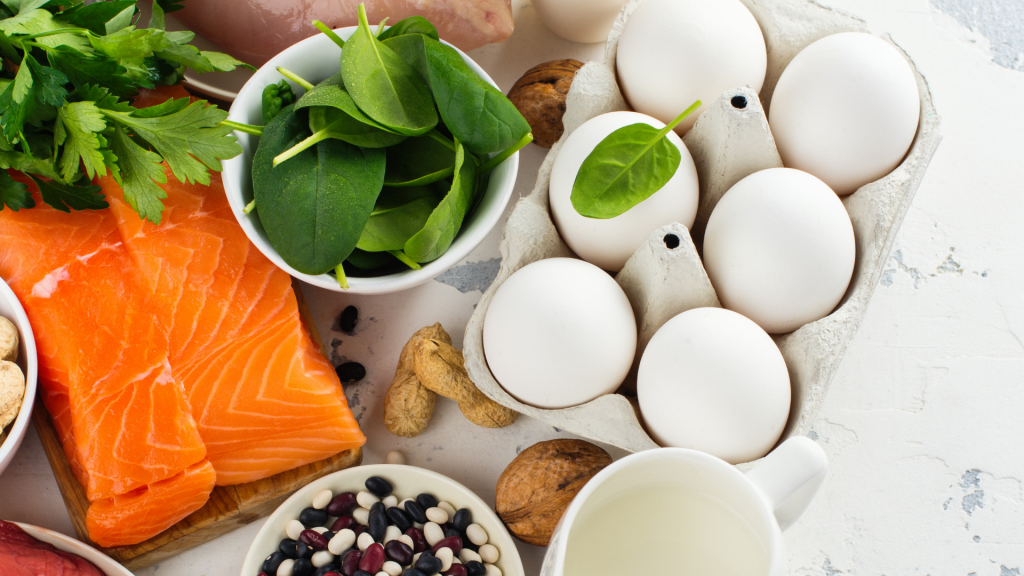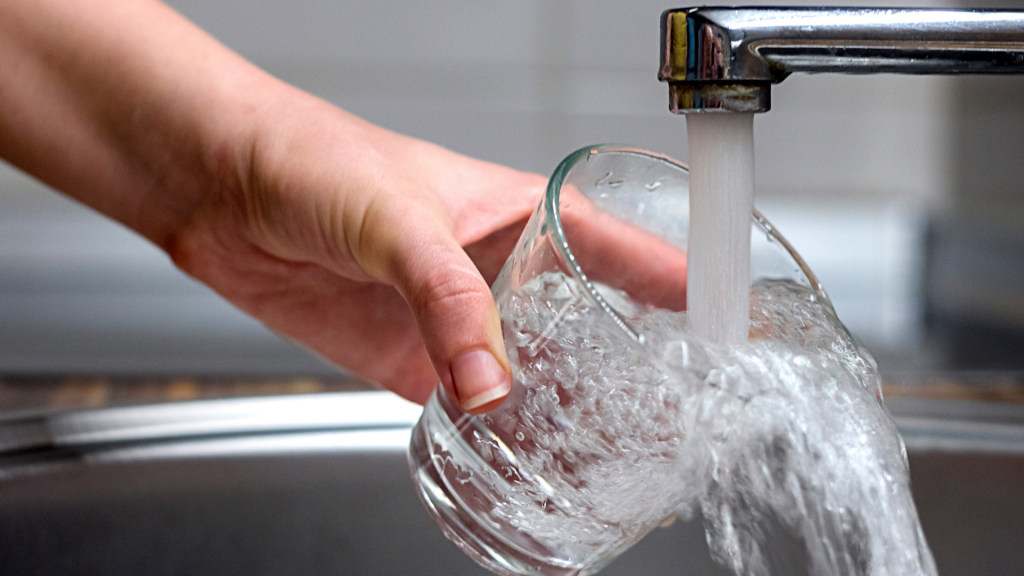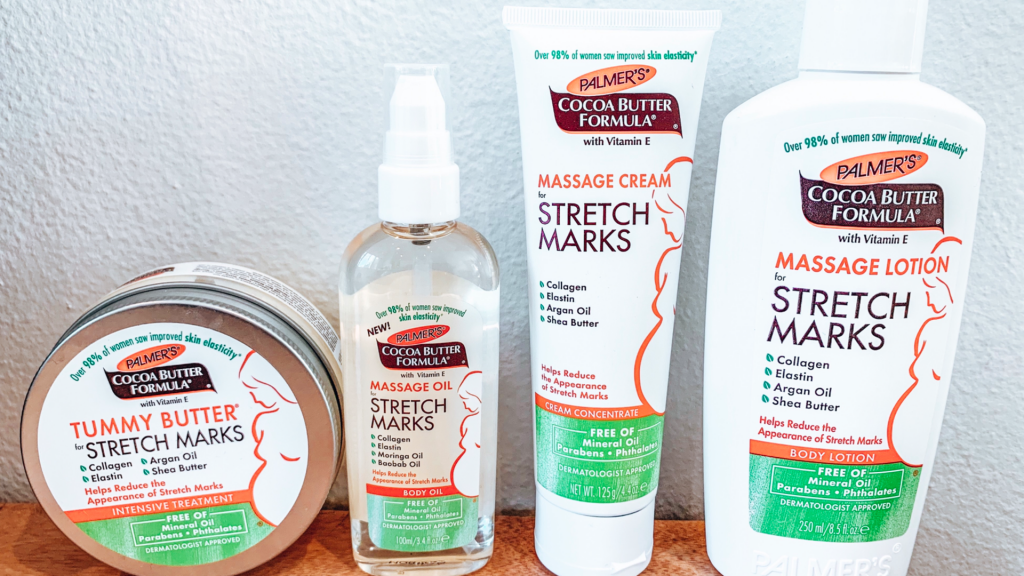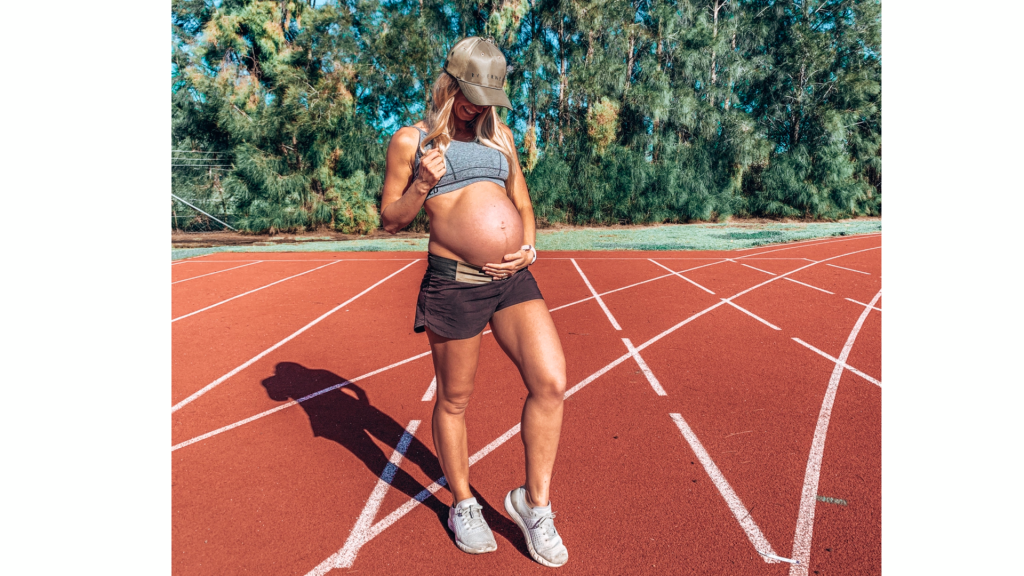Stretch marks are common during pregnancy and completely normal. There is nothing medically dangerous about stretch marks and they are nothing to be ashamed of. You are growing a little human inside you which is beyond incredible!
While it may not be possible to avoid stretch marks all together during pregnancy, many women, including myself, like to take a proactive approach to reduce the development and appearance of stretch marks and possibly even prevent them.
Here are 4 proactive strategies I’m taking to help reduce stretch marks during pregnancy. I personally like these tips because they are not only can help with reducing stretch marks but also with a healthy pregnancy overall.
4 Tips To Reduce Stretch Marks During Pregnancy
Tip 1: Nutrition
What you eat plays an important role in the health of your skin and this is no different during pregnancy. Certain nutrients are particularly important for skin health and elasticity. These include healthy fats like omega 3 fatty acids and vitamins like vitamin C and E.
Omega 3’s help reduce inflammation and keep your skin hydrated, which may help reduce the development of stretch marks. Omega 3’s can be found in foods like salmon, sardines, tuna, walnuts, chia and flaxseed. Note that it is generally safe for pregnant women to consume 2-3 serves of any type of tuna or salmon a week, canned or fresh, but it is recommended to avoid sashimi (raw) versions.
Vitamin C is needed for collagen synthesis and helps protect and maintain the appearance of skin. Vitamin C can be found in an array of fruits and vegetables like berries, kiwi, citrus fruits, broccoli and capsicum.
Vitamin E is essential for healthy skin as well as the repair of damaged skin. Good sources of vitamin E include nuts, seeds and avocados.


Tip 2: Hydration
Maintaining adequate hydration is important during pregnancy for your own health and the health of your baby. It will also help keep your skin hydrated and reduce the development of stretch marks. Water should be your primary choice of drink during pregnancy to maintain adequate hydration.
Drinking enough water can be difficult for some women during pregnancy due to nausea, heartburn and the baby pushing on your bladder. To combat this, try to drink water throughout the entire day and you can also try drinking smaller amounts more frequently. You can also carry a water bottle around with you or leave cups of water around the house to encourage you to drink.
Be aware that caffeine is a diuretic and can lead to dehydration, so it should be limited during pregnancy, especially to help reduce stretch marks. This includes caffeine from coffee, tea, energy drinks and soft-drinks.

Tip 3: Creams, Oils, Lotions and Butters
Topically applied products during pregnancy can help keep your skin hydrated and support your growing stretching skin, targeting and reducing the formation of stretch marks.
I’ve been using a mix of products from Palmer’s Mother Care range . This range has four dermatologist approved products which are made with highly effective ingredients including collagen, cocoa butter, vitamin E and elastin. It is also free from mineral oil, parabens and phthalates.

Each night after my shower, my husband has been applying Palmer’s Massage Lotion and Cream to my tummy, which helps keep my tummy skin soft and supple. I also love this because it’s a time for him to bond with our bubba who kicks like crazy when my husband talks to him and massages the lotion into my stomach.
I also use Palmer’s Tummy Butter in the mornings when I come back from my workout. This tummy butter is a rich formula designed for the concentrated treatment of stretch marks and ideal for women during pregnancy.

Tip 4: Weight Management
Weight gain during pregnancy is essential and needed for the healthy growth and development of your baby. An average weight gain during pregnancy is 11-16kg however a healthy weight gain amount differs for women as there are many factors that affect the amount of weight you need to gain including pre-pregnancy weight, muscle mass, health conditions, physical activity levels, multiple births and morning sickness.
Preventing weight gain above what is healthy and needed for you and your baby can help minimise the development of stretch marks. If you need help with this, speak to your obstetrician, midwife and dietitian.

Editor's Note: This post was written in partnership with Palmer's Australia. All opinions are my own and not influenced in any way.

